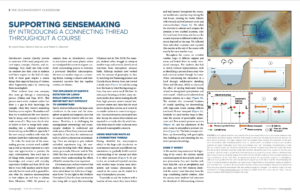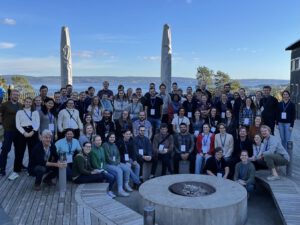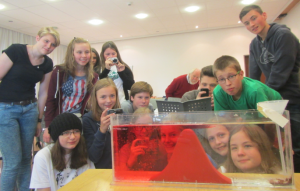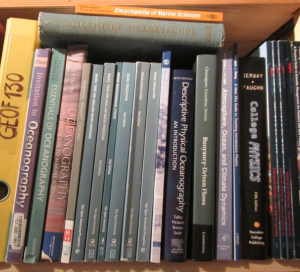
Currently reading “A neutral toolkit? For a fundamental critique of constructive alignment” by Newby & Cornelisen (2025)
The title “A neutral toolkit? For a fundamental critique of constructive alignment” by Newby & Cornelisen (2025) sounded provocative enough that it went directly to the top of my reading…




